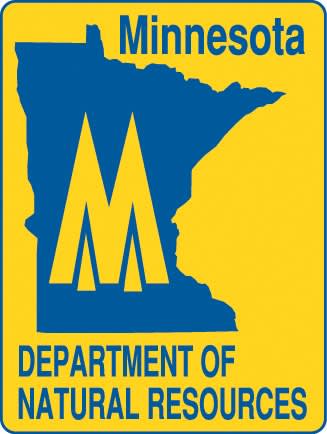DNR Encourages CWD Testing in East-central Minnesota

Minnesota deer hunters who harvest a deer in permit areas 159, 183 and 225 of east-central Minnesota are encouraged to have their deer sampled for Chronic Wasting disease (CWD) during the firearm hunting season, according to the Minnesota Department of Natural Resources (DNR).
Due to the discovery of CWD near Shell Lake, Wis., the Minnesota DNR will be conducting CWD surveillance in those three permit areas along the Wisconsin border until 300 samples have been collected from each permit area. Although CWD has not been found in those areas, Minnesota’s CWD management plan calls for surveillance when a new infection is discovered nearby.
Select registration stations will be staffed beginning on the opening weekend (Saturday to Monday) of the firearm season. Phone and Internet registration options for these areas will be deactivated on Friday, Nov. 2, and will remain off until the sampling goals are achieved. Deer must be brought to a registration station. Hunters are strongly encouraged to allow sampling of their deer.
“Working with hunters to sample the herd for evidence of CWD is our best opportunity for early detection,” said Dave Johnson, DNR’s Sandstone area assistant wildlife manager. “We will make the process as quick as possible to get hunters on their way.”
DNR staff will be working at 12 sampling sites from 9 a.m. to 7 p.m. from Saturday, Nov. 3, through Monday, Nov. 5. If sampling goals are not reached, a few stations may be staffed during the second weekend of the firearms season on Saturday, Nov. 10, and Sunday, Nov. 11.
CWD surveillance sampling locations are:
Area 159
- Crossroads Convenience Store, 63144 Minnesota Highway 48, Hinckley.
- Duxbury Store, 61077 Duxbury Road, Sandstone.
- St. Croix State Park (during the herd management hunt), 30065 St. Croix State Park Road, Hinckley.
Area 183
- Duquette General Store, 88235 Minnesota Highway 23, Duquette.
- Little Store, 88843 Warbler Lane, Sturgeon Lake.
- Banning Junction, 60684 Minnesota Highway 23, Finlayson.
Area 225
- Holiday Station, 1440 West Fourth St., Rush City.
- Fish Lake Bait, 5857 Stark Road, Harris.
- EC’s Corner Express, 34160 Minnesota Highway 47 NW, Cambridge.
- Braham BP, 209 Main St., Braham.
- Backwood Sports, 5690 Minnesota Highway 95 NW, Princeton.
- Wild River State Park (during the herd management hunt), 39797 Park Trail, Center City.
Once sampling goals are met, online and telephone registration will be reactivated.
CWD naturally occurs in deer, elk and moose. It is caused by an abnormal protein, called a prion, that affects the animal’s brain and is fatal. The disease can spread from one animal to another, primarily through direct contact with infected animals or their infective saliva or excrement. Prions persist and remain infectious in the environment. Months to years pass from the time an animal is infected to when it shows signs of the disease.
The disease belongs to a family of infectious diseases called transmissible spongiform encephalopathies (TSEs), which alter the morphology of the central nervous system, resulting in a “sponge-like” appearance of this tissue. CWD only affects elk, mule deer, white-tailed deer and moose. Incubation time of the disease can range from 1.5 to nearly 3 years. There is no known treatment or vaccine.
The Center for Disease Control (CDC) and other public health agencies have concluded there is no known link between CWD and any neurological disease in humans. Both the CDC and the World Health Organization recommend that humans not consume any part of a known positive animal. There is no evidence, however, that CWD can be naturally transmitted to species other than deer, elk or moose.
The DNR has been actively on the lookout for CWD since 2002, when the disease was first found in a domestic elk farm in central Minnesota. Surveillance efforts increased in southeastern Minnesota during fall 2009 after tests in January 2009 determined that four captive elk on a farm near Pine Island were infected with CWD. Heightened surveillance efforts continue, but annual tests of hunter-harvested deer have detected only one positive result, which occurred in 2010.
More information about CWD and DNR efforts to manage it is available on the DNR website at www.mndnr.gov/cwd.

